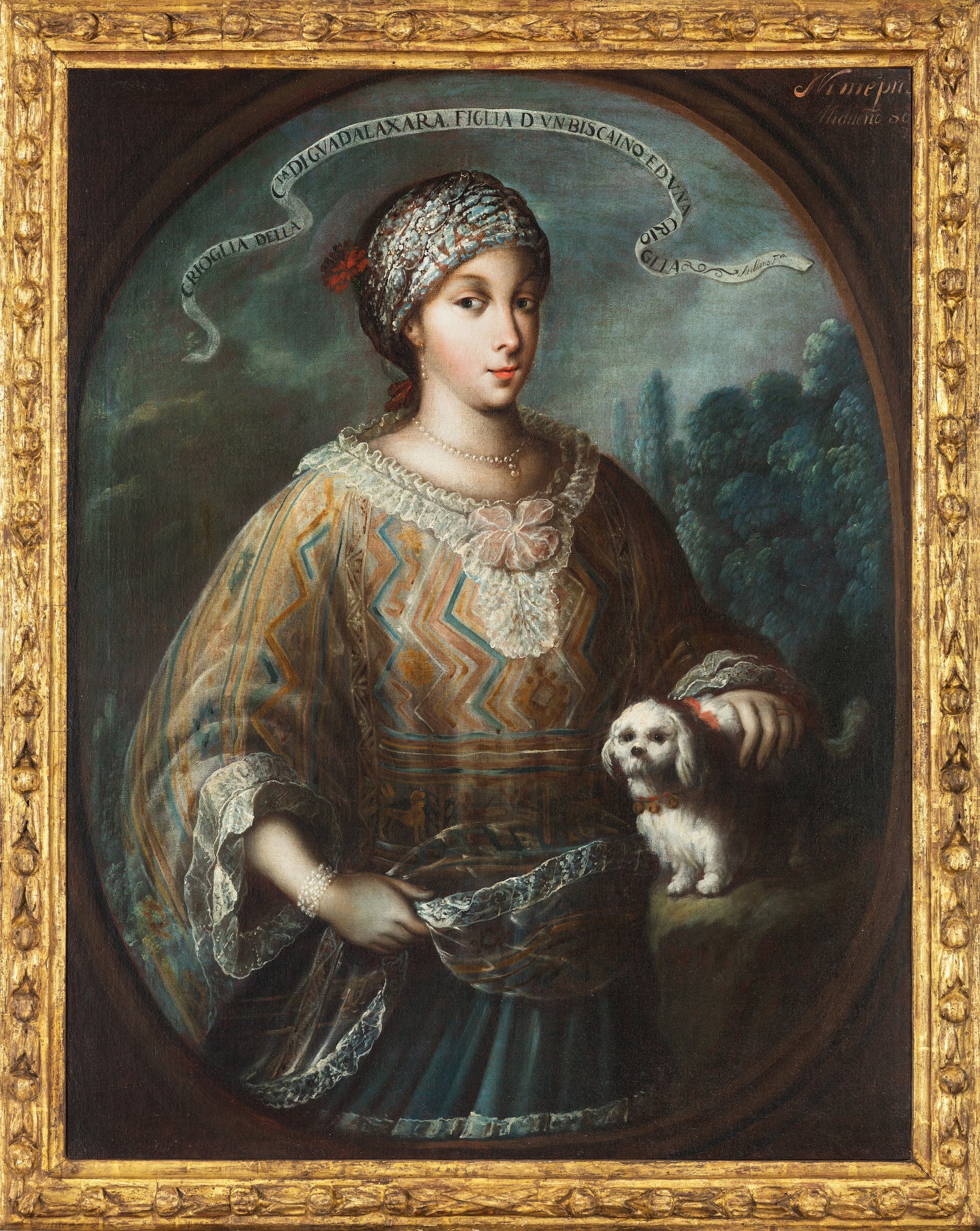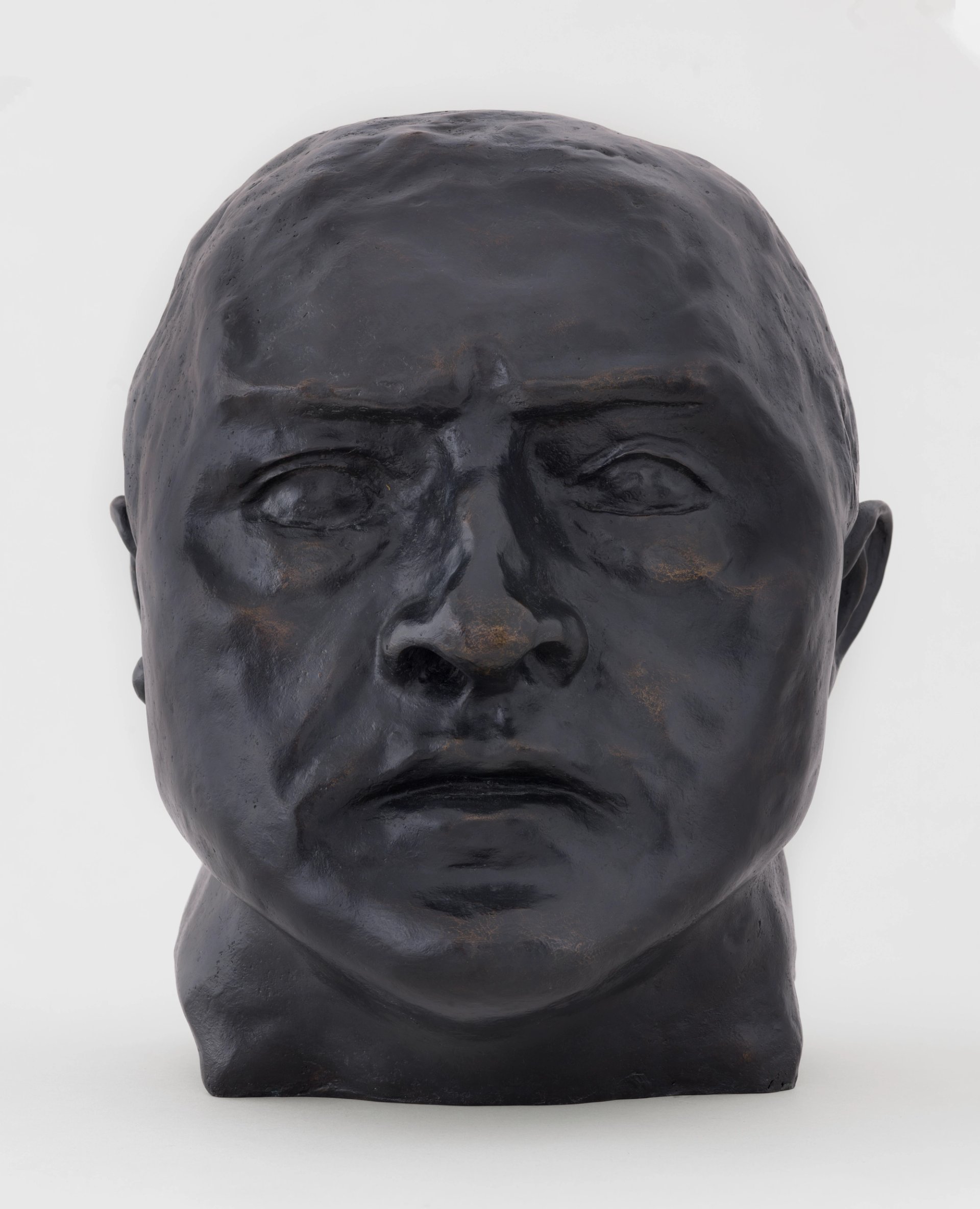Lacma acquires self-portrait by long-overlooked female Old Master
The Los Angeles County Museum of American Art (Lacma) has added 112 objects to its collection through six new acquisitions made during the institution’s latest Collectors Committee Weekend. The 39th edition of the two-day event (26, 27 April) raised more than $2.5m for acquisitions from 62 members. The resulting acquisitions come as the museum’s long-awaited, $715m David Geffen Galleries building nears completion.
“The contributions of the Collectors Committee continue to have a profound effect on the collection,” Michael Govan, the museum’s chief executive and director, said in a statement. “From 15th-century textile innovations to contemporary iconographies of resistance, this year’s acquisitions will play key roles in a wide array of narratives, and will bring our new vision for the David Geffen Galleries to life”.
Perhaps the most singular work acquired is Self-Portrait as Saint Catherine of Alexandria (around 1624-26), a rediscovered painting by Virginia Vezzi (1600-38), an undersung figure in the art historical canon who was also known as Virginia da Vezzo. Like many women of her time and milieu, despite professional success in Rome and Paris, she was sidelined by the patriarchal attitudes endemic to the era, and her legacy faded into obscurity until relatively recently. Lacma will be the only museum in the world to display a portrait by Vezzi next to a painting by her husband, the artist Simon Vouet (1590-1649), who is best known for his time as a court painter to Louis XIII of France.
Tokio Ueyama, Untitled (Still Life with Persimmons), around 1924, Los Angeles County Museum of Art, gift of Kelvin Davis and Hana Davis Museum Associates/Lacma
The museum also acquired works by three Japanese American artists—Chiura Obata, Tokio Ueyama, and Mine Okubo—whose contributions to the California art scene in the first half of the 20th century helped develop the political underpinnings of American Modernism. The six pieces—Obata’s Eagle Peak Trail (1930) and Untitled (Cliff with Lone Tree) (1945); Ueyama’s Creeping Shadows (1924) and Untitled (Still life with Persimmons) (around 1924); and Okubo’s Untitled (Portrait Head) (around 1937) and Sunday Morning (1937)—represent the triumph of beauty amid adversity. Completed in the thick of the Exclusion Era (1882-1965), these works embody the resilience of artists facing xenophobia and unjust incarceration under Executive Order 9066, which paved the way for the forced relocation and incarceration of more than 120,000 Japanese Americans in the western US.
The museum also acquired a pair of colonial-era paintings from Mexico by Manuel de Arellano (1662–1722). Creole Woman from the City of Guadalajara and Creole Man from Mexico City (both around 1710) are pre-cursors to casta paintings, or genre depictions of biracial families,which were originally intended for export to Europe. This genre of painting was a visual testament to Mexico’s diverse population and sartorial specificity—the figures in the two De Arellano works wear a combination of European and local fashion.

Manuel de Arellano, Creole Woman from the City of Guadalajara, around 1710. Los Angeles County Museum of Art, gift of the 2025 Collectors Committee with additional funds from an anonymous donor Photo: Colnaghi, Madrid
The museum acquired Sea of Buddha 049 (Triptych) (1995), one of a series of 49 photographs by the artist Hiroshi Sugimoto reminating on the 1,001 Buddhist statues at Sanjusangendo temple in Kyoto, Japan. Sugimoto uses a large-format camera and strategic framing to create a sense of infinite repetition through line.
The Mary Hunt Kahlenberg Collection of 101 Indonesian textiles, also entering Lacma’s collection, includes works dating as far back as the early 15th century. Spanning heirloom, ceremonial, and sacred purposes, this grouping comes from the private collection of Mary Hunt Kahlenberg (1940-2011), who was the head of Lacma’s department of costumes and textiles from 1969 to 1978. She was also responsible for curating the first Indonesian textile exhibition at a US art institution.

Max Beckmann, Self-Portrait, 1936, Los Angeles County Museum of Art, gift of the 2025 Collectors Committee with additional funds provides by The Buddy Taub Foundation, Stephanie and Dennis Roach, Directors, The Law-Warschaw Foundation, The Wayne Family Foundation, and The Walske Foundation, ARS, New York/VG Bild-Kunst, Bonn, Museum Associates/Lacma
Finally, the museum also acquired a large Self-Portrait sculpture by the German Expressionist Max Beckmann, one of only eight he created over the course of his practice. The piece was completed in 1936, shortly before the artist fled Germany for Amsterdam amid the Nazis’ rise to power. A prolific self-portraitist, having produced over 80 in his lifetime, Beckmann’s strange, elegant stylization will take up residence soon in the Broad Contemporary Art Museum galleries for modern art.
Lacma’s David Geffen Galleries are not due for completion until next year, but parts of the plaza around the galleries will open to the public this summer. Tours of the “raw, empty buildings” will be given to donors and members in June, according to the Los Angeles Times, and musical performances by Kamasi Washington will kick off in late June.




